

What is WEST LAKE DRAGON WELL
West Lake Longjing(Xihu longjing) is the most famous green tea in China. It is produced in the mountains around Longjing Village, West Lake, Hangzhou City, Zhejiang Province, and has a history of more than 1,200 years.

What is Gaiwan, the Past and Present
In the history of Chinese tea sets, gaiwan is a young utensil that is still widely used today.
Our common tureen generally has two shapes: the first one: In the "Chinese Tea Dictionary" by Academician Chen Zongmao, the tureen is explained as "cooking utensils, mostly porcelain, with a cover on the top and a saucer on the bottom, and the heat insulation of the saucer is easy to hold." drink". What is described here is a three-piece gaiwan-shaped system with a cover on the top, a support on the bottom, and a bowl in the middle. The cover is "heaven", the bowl is "person", and the support is "earth".
The three talents of "heaven, earth and man". This type of tureen is also called the Sancai Cup, which means "Three Talents, Heaven, Earth and Man". There is also a style of tureen, which is a two-piece bowl and cover-only the cover and the bowl. It is explained in the "Chinese Ancient Ceramics Illustrated": Gaiwan, a small bowl with a cover, tea set, popular in Qing Dynasty.

What is cloudy after cold in black tea?
what is a cloudy after cold? I don't know if you have noticed a phenomenon. When we are making tea, especially black tea, we pour a cup of black tea for tea friends in the tea room. If the tea friends don’t drink it in time, after the tea soup is cold, we will find that the original orange-yellow and bright soup color will turn a little turbid. So this is what we call cloudy after cold.

What is Jinjunmei?
In 2005, Mr. Jiang Yuanxun(江元勋) led the team developing Jinjunmei used the buds of high mountain tea trees in Tongmu Village, Wuyishan National Nature Reserve as raw materials, based on the more than 400-year-old Lapsang Souchong black tea culture and production techniques.
The creation of Jin Junmei is not accidental. It is inseparable from the previous generations of tea masters Wu Juenong(吴觉农) and Zhang Tianfu(张天福) who had contacts with Jiang Yuanxun’s grandfather Jiang Runmei(江润梅) and father Jiang Susheng(江素生), as well as contemporary tea masters Luo Shaojun(骆少君) and Yao Yueming(姚月明). The selfless help and support in technical theory; it is inseparable from Jiang Yuanxun and a group of developers and producers who have devoted themselves to exploration in Zhengshan(Lapsang) Tea Industry.
Time goes back to before 2000, in order to solve the unsalable and barren tea mountains of Tongmu tea and develop the domestic market, Jiang Yuanxun organized many tea masters to discuss "the way out of Tongmu tea" for many times.
From 1998 to 2000, a large number of Tongmu black tea was transformed into oolong; from 2002 to 2003, Jiang Yuanxun, under the suggestion of tea master Ms. Gong Yaling, made high-quality green tea from the tender buds in Tongmu village. These have laid a good foundation and experience for the generation and accumulation of Jin Junmei in 2005.
One afternoon in July 2005, Jiang Yuanxun chatted with Beijing Mr. Zhang Mengjiang and other friends in the small bamboo grove in front of the Zhengshan Tea Industry Court, such as "making good tea, drinking good tea, and buying good tea". The speaker has no intention, but the listener has the intention, these coincide with Jiang Yuanxun's train of thought.
Just at this time, a few tea farmers passed by the door to clean up the tea garden (pruning). Jiang Yuanxun immediately arranged for the tea farmers to pick tea buds and make full use of them; It is withered according to the black tea production process. Because the material is less, it is hand-rolled with a glass table top to prevent it from breaking, and it is fermented with temperature and humidity control, and charcoal roasted to obtain dry tea.
On the second day, Jiang Yuanxun brewed and tasted together with Mr. Zhang and others. When boiling water rushes in, the room is full of fragrance, the soup color is golden and translucent, the taste is sweet and refreshing, moistens the throat, and has a long aftertaste. "The embryonic form.
Later, under the guidance of Zhang Tianfu, Luo Shaojun and other seniors in the tea industry, Jiang Yuanxun conducted repeated tests, analyzes and comparisons on raw materials and techniques, and finally finalized Jinjunmei in 2006. In 2007, after Jiang Yuanxun further optimized the quality and perfected the craftsmanship according to the feedback from the tasting, Jinjunmei was officially put on the market. The taste of "clear, fragrant, sweet and sweet" is in line with the habit of domestic clear drinks, and it is quickly accepted by the Chinese people. It is high-quality and high-quality, and it has become popular all over the country within a few years.
In order to regulate the market, the All China Supply and Marketing Cooperative issued the "Jinjunmei Industry Standards", and Zhengshan Tea Industry, the founding enterprise of Jinjunmei, participated in the drafting and formulation as the only enterprise. This standard can be said to be a standard recognized in the industry, specifically for Jinjunmei black tea. "Jinjunmei Industry Standard" stipulates:
The raw materials of Jinjunmei must come from single buds of alpine tea trees in Wuyishan National Nature Reserve.
In addition, there is no grade for Jinjunmei. Most of the super-grade Jinjunmei and first-grade Jinjunmei on the market are classified by the merchants themselves.
The standard also clearly stipulates that the authentic dry tea of Jinjunmei is golden, yellow and black, with golden hair; the aroma belongs to the comprehensive aroma of flower and fruit honey, which is relatively long-lasting; the soup color is golden and clear, with golden rings, and the taste is fresh Cool and sweet.
The founding of Jinjunmei filled the gap that there was no high-end black tea in the world for 400 years, triggered a domestic black tea consumption boom, promoted the development of the entire black tea industry, and led to the recovery of the domestic black tea industry.
The founding of Jinjunmei is an overall innovation in black tea production technology, drinking requirements and professional appraisal, which completely changed the characteristics of traditional black tea "thick, red, bitter and astringent", and brought black tea into a new development period.
Jinjunmei and Lapsang Souchong are in the same line. If we say that Lapsang Souchong is a product discovered by accident, the creation of Jinjunmei is entirely due to the continuous inheritance and innovation of the history, culture and production techniques of Lapsang Souchong black tea for more than 400 years. Fusion is inevitable.
Jin Junmei is a re-innovation of the excellent production techniques of Lapsang Souchong black tea. The profound historical and cultural heritage of Lapsang Souchong, the unique ecological environment and tea tree resources of Wuyishan National Nature Reserve, the exquisite production techniques, and the representative of Jiang Yuanxun The professionalism, persistence and enterprising spirit of continuous exploration of a group of tea people are the cornerstone of Jinjunmei's founding, the basis for creating Jinjunmei's excellent quality, and the key to the recognition of the society and the tea industry.

What is Lapsang Souchong?
-
Origin of Lapsang Souchong Black Tea
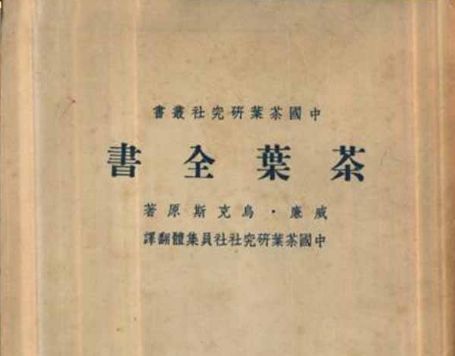
-
Why is it called Lapsang Souchong Black Tea?

-
Production of Lapsang Souchong
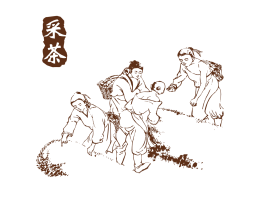
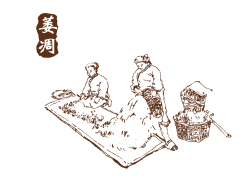
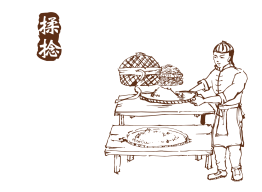
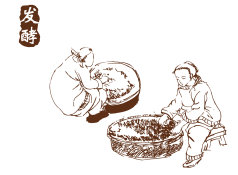
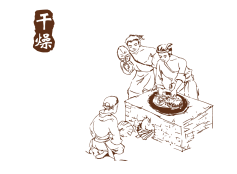
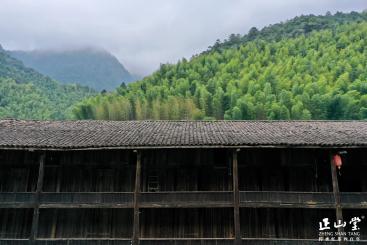
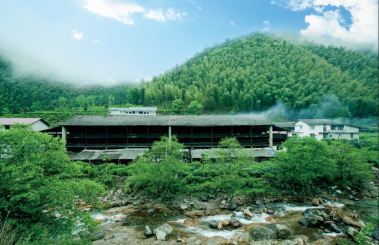
-
What is the difference between Lapsang Souchong and Waishan Souchong
-
Regional definition: The origin of Lapsang Souchong black tea is Tongmuguan in Wuyi Mountain. According to the "Chinese Tea Classic", "within Tongmu, there is Zhengshan". All the tea produced in Tongmuguan is called Zhengshan. The tea produced near Wuyi Mountain or other areas is called Waishan to distinguish the small species of black tea produced outside Tongmuguan.
-
Production process requirements: Lapsang Souchong is the ancestor of black tea, and it is also the most classic and traditional tea species in black tea. The real Lapsang Souchong black tea needs to be made from high mountain tea trees in Wuyi Mountain area, with traditional techniques and through masson pine Made by natural tobacco roasting process.
-
Differences in quality: Lapsang Souchong is a high-mountain tea with a special high-mountain flavor, mellow taste, and is resistant to brewing and storage. Most of the outer mountain Souchongs are low-mountain teas, with a thin background and not resistant to brewing.

The history of white tea
Do you often hear such remarks: "In the past, no one drank white tea at all, and half of it was sold and half of it was given away." It is always common in the tea lovers. So today, I want to share with you the history of white tea.
一、When did white tea originate?
There are many different viewpoints. Among the six types of tea, white tea has the simplest production process. No twisting揉捻, no heating杀青, only withering萎凋 and drying干燥.
After the buds of the tea tree are picked, they are naturally spread out to remove most of the moisture inside the tea, and after reaching a dry and storable state, they can become the prototype of white tea. The process of drying is called "withering"萎凋, and the process of losing water is called "drying"干燥.
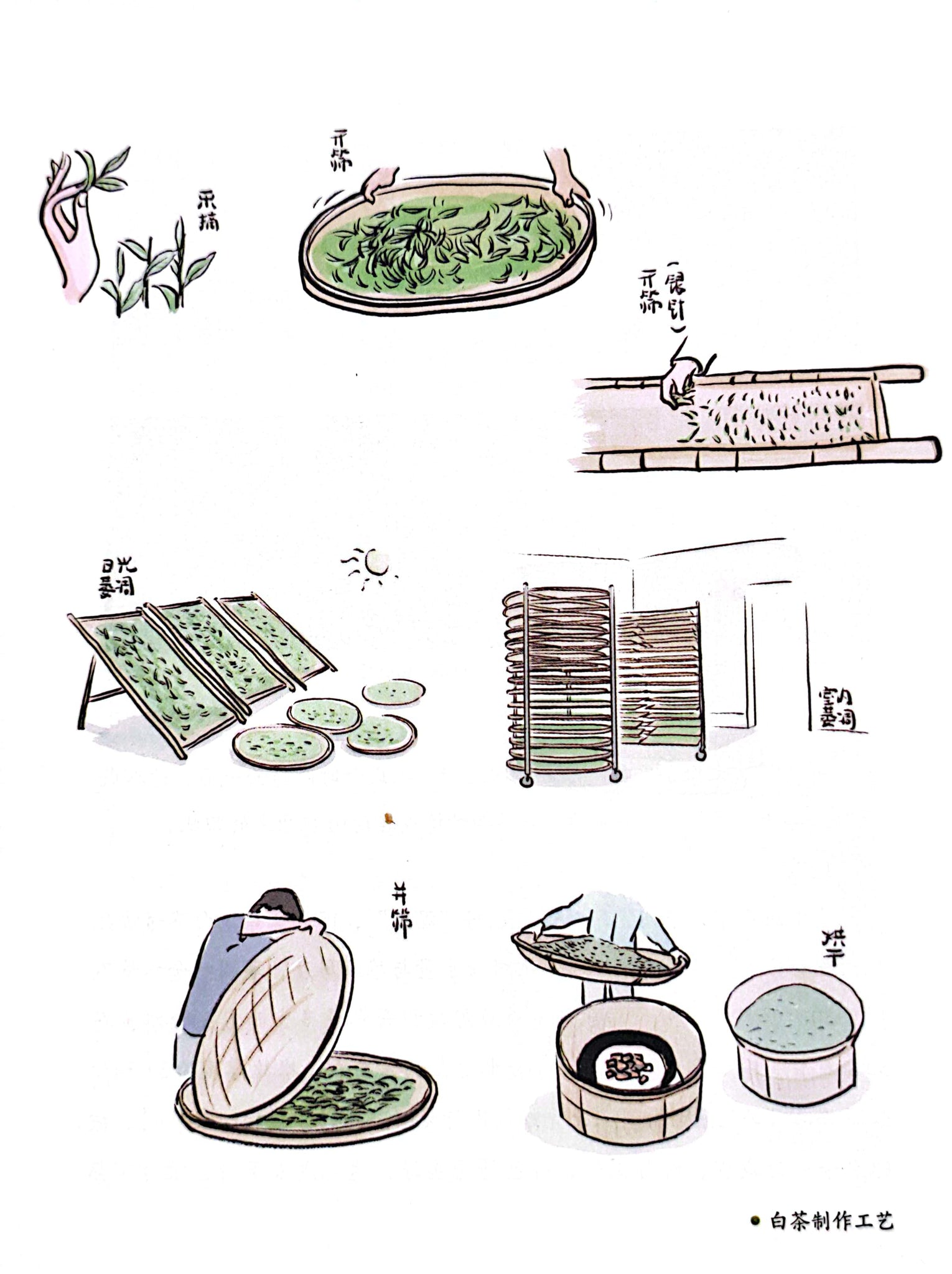
The germination of tea trees is seasonal. When there is no tea-making technology, in order to drink tea at any time, people will collect the buds and leaves of the tea tree after drying, which is the beginning of tea processing. It is very similar to the way of making herbs in the past.
Therefore, in most of the literature, historical materials and legends, both scholars and people believe that the rise of Chinese white tea benefits from the Chinese people's original concept of "medicine and food homology".
Especially in ancient times when medicine was very underdeveloped, all teas in China started from medicinal purposes.
Professor Chen Chuan(陈椽), an expert in the field of tea science, believes that "from the production process of white tea, we can see the shadow of the origin of tea making."
Professor Yang Wenhui from Hunan Agricultural University has a similar view, believing that the earliest invention in the history of Chinese tea production was not green tea, but white tea.
In the Tang and Song Dynasties, in the era of Emperor Huizong Song , there was a mention of the praise of white tea in the "Daguan Tea Theory"《大观茶论》:
"White tea is one of its own, which is different from regular tea. Its strips are thick and thin, and its leaves are thin. It's like jade in uncut stone , it's incomparable."
“白茶自为一种,与常茶不同。其条敷阐chǎn,其叶莹薄。如玉之在璞pú,它无与伦也。”
However, the white tea process did not appear in the Song Dynasty, but steamed green tea was consumed, so there is still controversy whether this white tea is similar to Anji white tea or white tea from Fujian.
After the white tea spread to Zhenghe政和, Zhenghe tea as a vassal of Beiyuan tribute tea北苑贡茶, paid tribute to the court together. In 1115 AD, after Song Huizong drank the silver needle tea from Guandi County关棣县, very happy, gave Guandi County the title of "Zhenghe". Guandi was changed to Zhenghe. Zhenghe also became the first place in Chinese history to be named by the Reign Title.
During the Ming and Qing Dynasties, in the twenty-eighth year of Wanli (1600), Lu Yingyang's陆应阳 "Guangyu Ji"《广舆记》 recorded: "Funing Prefecture Taimu Mountain is famous for its tea, named Green Snow Bud."
“福宁州太姥山出名茶,名绿雪芽。”
There is an ancient tea tree "Green Snow Bud"绿雪芽 on the top of Hongxue Cave鸿雪洞 of Taimu Mountain in Fuding, which is considered to be the original "mother plant"母株 of Fuding White Tea.
About its origin, Fuding has a legend. According to legend, in the era of Emperor Yao尧帝时代, there was a lady named Lan蓝姑 on Taimu Mountain, who cultivated tea for her business and was very kind and charitable. And she used the green snow bud tea she planted as a good medicine for measles and saved countless children. This lady Lan is called "Taimu Niangniang" “太姥娘娘”by Fuding people, and according to legend, the green snow bud tea she planted on Taimu Mountain is the ancient white tea four thousand years ago.


However,this is a legend after all, according to the tea industry leader Mr. Zhang Tianfu张天福 in the article "Fujian Tea History Research"《福建茶史考》: "The history of white tea manufacturing began in Fuding, and then spread to Shuiji水吉 in Jianyang建阳, and then to Zhenghe. In terms of the types of tea making, there are silver needles银针 first, then white peony白牡丹, Gongmei贡眉, and Shoumei寿眉; first Xiaobai小白, then Dabai大白, and then narcissus white水仙白."
The "Investigation and Research of Fujian White Tea" 《福建白茶的调查研究》also mentions the origin of white tea It should be marked by the silver needle created in Fuding in the first year of Jiaqing in the Qing Dynasty (1796).

In Fuding, there has always been a tradition of making bud tea. In the 44th year of Wanli Ming Dynasty (1616), "Funing Zhou Zhi, Food and Goods, Gong Discrimination" 《福宁州志·食货·贡辨》records: "Bud tea is 84 catties and 12 taels, and the price is 13 taels, 2 cents and 2 cents; leaf tea is 61 catties, 11 taels, and the price is silver. 1 tael, 4 money, 7 cents and 9 cents." (Funing Prefecture: present-day Ningde, Fujian, under the jurisdiction of Fuding County).
“芽茶84斤12两,价银13两2钱2分;叶茶61斤11两,价银1两4钱7分9厘。”
This passage shows that Fuding merchants in the Ming Dynasty were used to selling tea at different prices according to their grades.
And Xiaobai, Dabai, and Narcissus bai refer to different varieties of white peony: the varieties of mixed breed tea(菜茶) are Xiaobai, Fuding Dabai, Fu'an Dabai, Zhenghe Dabai, and Fuding Big pekoe are called Dabai. The narcissus variety is called Narcissus White. Here I have to talk about the emergence of white tea tea varieties.
二、Emergence of Modern White Tea Tea Tree Varieties

After the silver needle was first created by Fuding in 1796 (the first year of Jiaqing), it was made from the buds of mixed breed tea(菜茶). However, due to the small buds of mixed breed tea(菜茶), the appearance and taste were not good, so it was not widely promoted.
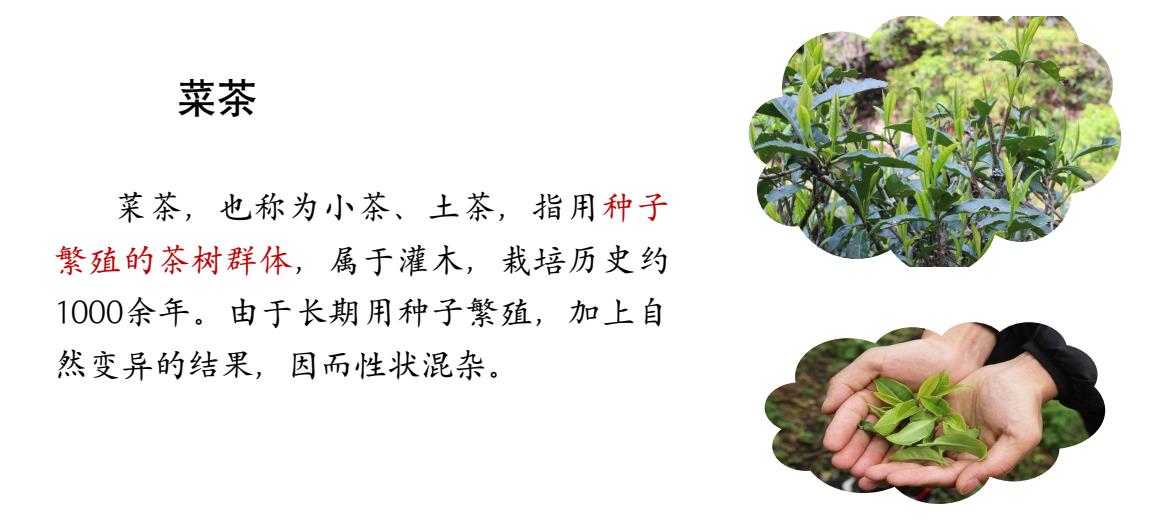
(Mixed breed tea refers to a tea tree that is bred from seeds and is a shrub. Cultivation history of about 1000 years. Due to the long-term use of seeds for reproduction, natural variation and mixed shapes are caused.)
The turning point came in 1857 , when Chen Huan陈焕, a tea merchant from Bailiu Village柏柳村, Duoduo Town点头镇, Fuding, found a large white tea mother tree with many pekoe and exposed in Taimu Mountain. It was brought back to the village to breed and became today's Fuding Dabai.
In 1880 , another fine variety of white tea, Fuding Dahao, was selected and bred in Wangjiayang Village汪家洋村, Duoduo Town点头镇. So far, Fuding White Tea has the foundation for stable development.
Fuding Dabai tea and Fuding big pekoe tea are what we call "Huacha No. 1" and "Huacha No. 2" today. Among the national-level tea tree varieties and provincial-recognized varieties, As many as 25 kinds of tea trees are bred with Fuding Dabaicha as the male or female parent.
In 1880, a wild tea tree was planted in the old courtyard of Wei Nian's魏年 family in Tieshan Town铁山镇,Zhenghe. This tree is Zhenghe Dabai. After the wall collapsed and overwhelmed the tree, new seedlings sprang up unexpectedly. The locals inadvertently invented the method of growing tea seedlings by layering. The Zhenghe Dabai, discovered by chance, was gradually promoted until the Silver Needle was produced in 1890.

However, it is not a high-yielding variety. Compared with Fu'an white tea, which was successfully bred in Fu'an in 1960, it is 20-30 days later, has a short growth cycle, and is not as productive as Fu'an white tea. Therefore, when white tea is hot in recent years, local farmers generally prefer to plant other varieties with higher yields and earlier picking periods.
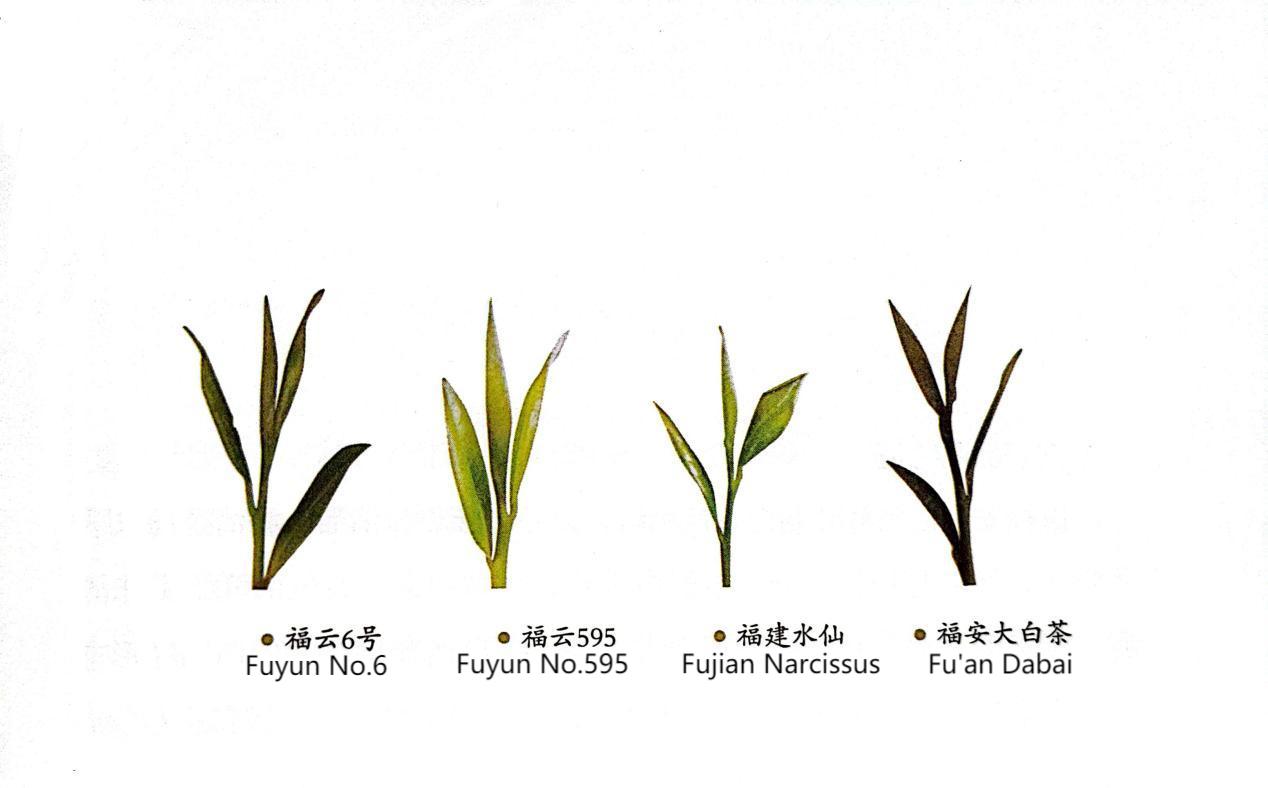
It is customary for people to call the silver needles produced by Fuding as "North Road Silver Needles" and Zhenghe's as "South Road Silver Needles".
When brewing, the Silver Needles produced in Fuding has a light apricot yellow soup color and a fresh taste; while the Silver Needles produced by Zhenghe generally has a mellow soup taste and a fragrant aroma.
三、The export history of white tea
Talking about the foreign trade of tea in modern Fujian, it can be traced back to the period of five trades in 1860.
Before, the export ports of tea were all located in Guangdong.
The main varieties of tea exported at that time were green tea, black tea and oolong tea. Especially black tea, because it is highly sought after by the British, has long been a popular hot product. According to Fuding's local records, there were as many as 20,000 boxes of black tea sold in China at that time, while only 2,000 boxes of white tea were sold.
White tea, as a niche tea at that time, also quietly entered the life of Europeans in 1890 (the sixteenth year of Guangxu). Some consumers in the European and American markets will add a little silver needles in black tea because they like the shape of silver needles to increase the beauty and quality.
White tea, as a niche tea at that time, also quietly entered the life of Europeans in 1890 (the sixteenth year of Guangxu). Some consumers in the European and American markets will add a little silver needles in black tea because they like the shape of silver needles to increase the beauty and quality.
In 1910, white tea began to sell well in Europe and the United States, and from 1912 to 1916 was the heyday of Silver Needles. At that time, Fuding,zhenghe and the two places produced more than 1,000 dan (1 dan = 50 kg) of silver needles each year, and each dan of silver needles was worth 320 silver dollars, which is equivalent to 3.2 silver dollars for 1 catty of silver needles. And this money can buy 100 catties of rice or 3 mu of land.
With the outbreak of World War I (1917-1921) and the influence of black tea production areas and craftsmanship, the black tea market shrank. In the midst of this change, white tea quickly occupied a place in export tea.
By 1924, with the temporary stability of the European situation, the export volume of white tea rose rapidly.
According to historical records, the purchase price of silver needles exported to Germany in 1926 was as high as 6,520 silver dollars per ton.
Driven by high returns, the output of Fujian white tea has grown substantially, ushering in an unprecedented development.
At that time, selling and making white tea became the latest and most fashionable standard for mate selection. The folks also compiled such a proverb: Marrying a girl does not admire a rich man, but only asks about tea and silver needles.
After the outbreak of the domestic anti-Japanese war, the production and export of Fujian white tea experienced the first low ebb. During this period, the national tea production dropped sharply. The output of Fujian white tea was reduced from 3,280 taels (1 tael = 50 kg) before the Anti-Japanese War to 1,100 taels in 1950, and export sales were even more dismal.
Until the founding of New China, white tea production gradually recovered. In 1951, it was restored to more than 2,500 taels. In 1956, China Tea Company decided to change the previous pattern of exporting white tea from Fujian and Guangdong ports, and instead export all white tea through Fujian.
In 1968, in order to meet the needs of the Hong Kong and Macao markets and increase the concentration of white tea soup, China Tea Fujian Company formally established a new process for making white tea at Fuding Bailin Tea Factory, which involves rolling the withered leaves for a short time and quickly, and then drying them quickly. dry to produce a new process of white tea.
After 1986, with the opening of the policy, a large number of tea companies invested in the foreign trade of white tea, which promoted the development and prosperity of white tea.
The rise and fall of Yifang Tea is still inseparable from the interpretation of Yifang.
In 2005, with the vigorous support and promotion of the Fuding government, Fuding White Tea began to emerge in China; in 2009, Fuding White Tea was awarded the National Geographical Indication Certification Mark.
Objectively speaking, although white tea has been exported for many years, the domestic market has not been tepid. There are very few old white teas left in the folk, and even if they exist, the grade is not high. So everyone must be cautious when buying old white tea.(Lapsangstore -10 years old white tea)
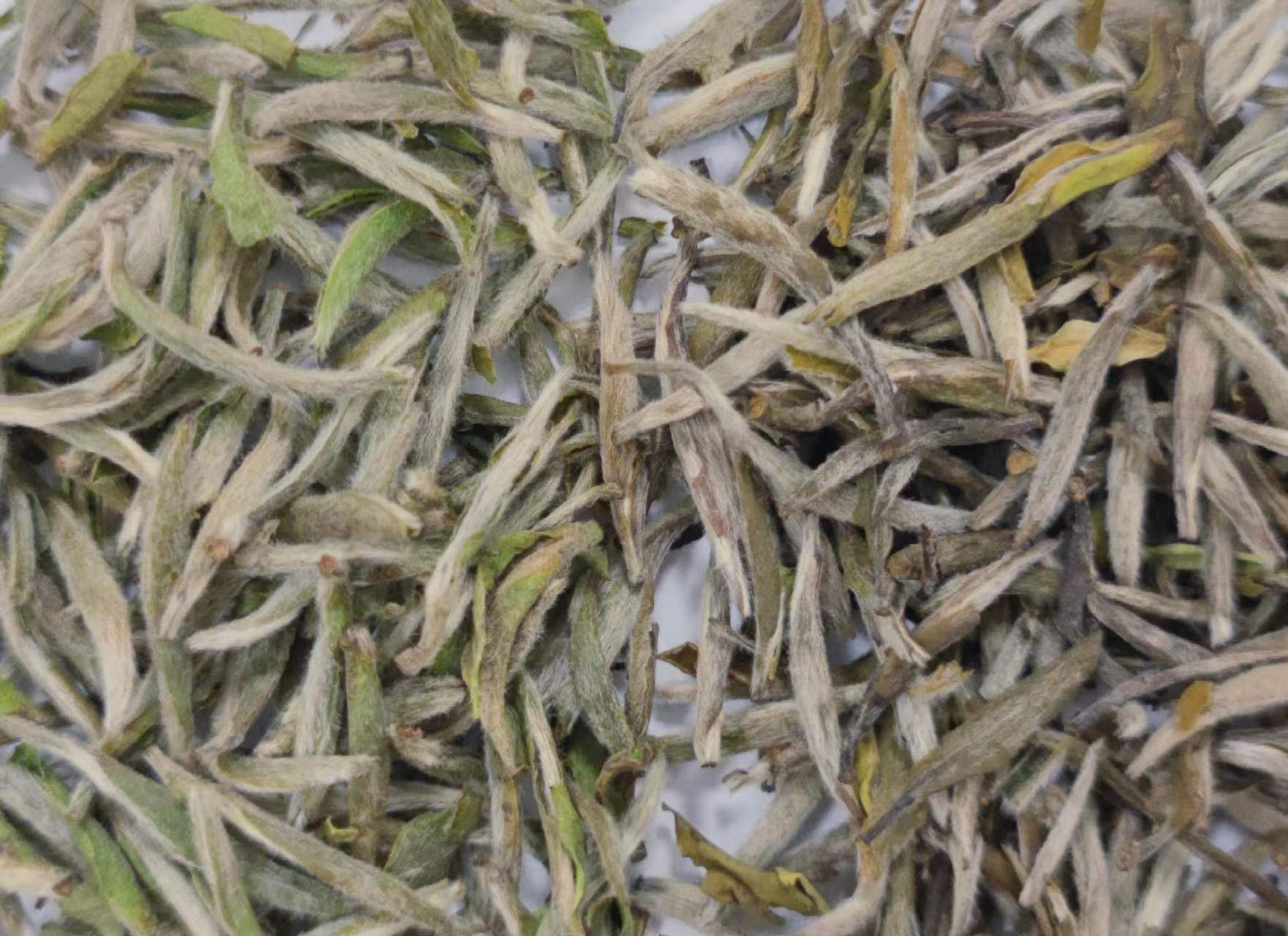
Color comparison of one-year and five-year silver needle dry tea(Lapsangstore-Zheng Shan Tea silver needle)
In addition, while white tea is becoming more and more popular in the domestic market, it also affects the production of white tea in Yunnan. For example, Moonlight White from Yunnan, the production process is the same as that of white tea. It is not fried or kneaded. The front of the leaves is black and the back is white, just like the moonlight shining on the tea buds. Its tea soup is a change of yellow-red-yellow, and the taste is honey and fragrant.
Time flies so fast, white tea has been popular for 10 years. It is another different feeling to taste the small white tea cakes of 2014 again. The small aluminum bag packaging prevents the tea from deteriorating. After aging, the aroma of medicine and jujube is more obvious and rich than before, and the tea soup is thick and smooth.

世界上第一杯红茶——正山小种发展史
- 1
- 2















